About the Artist
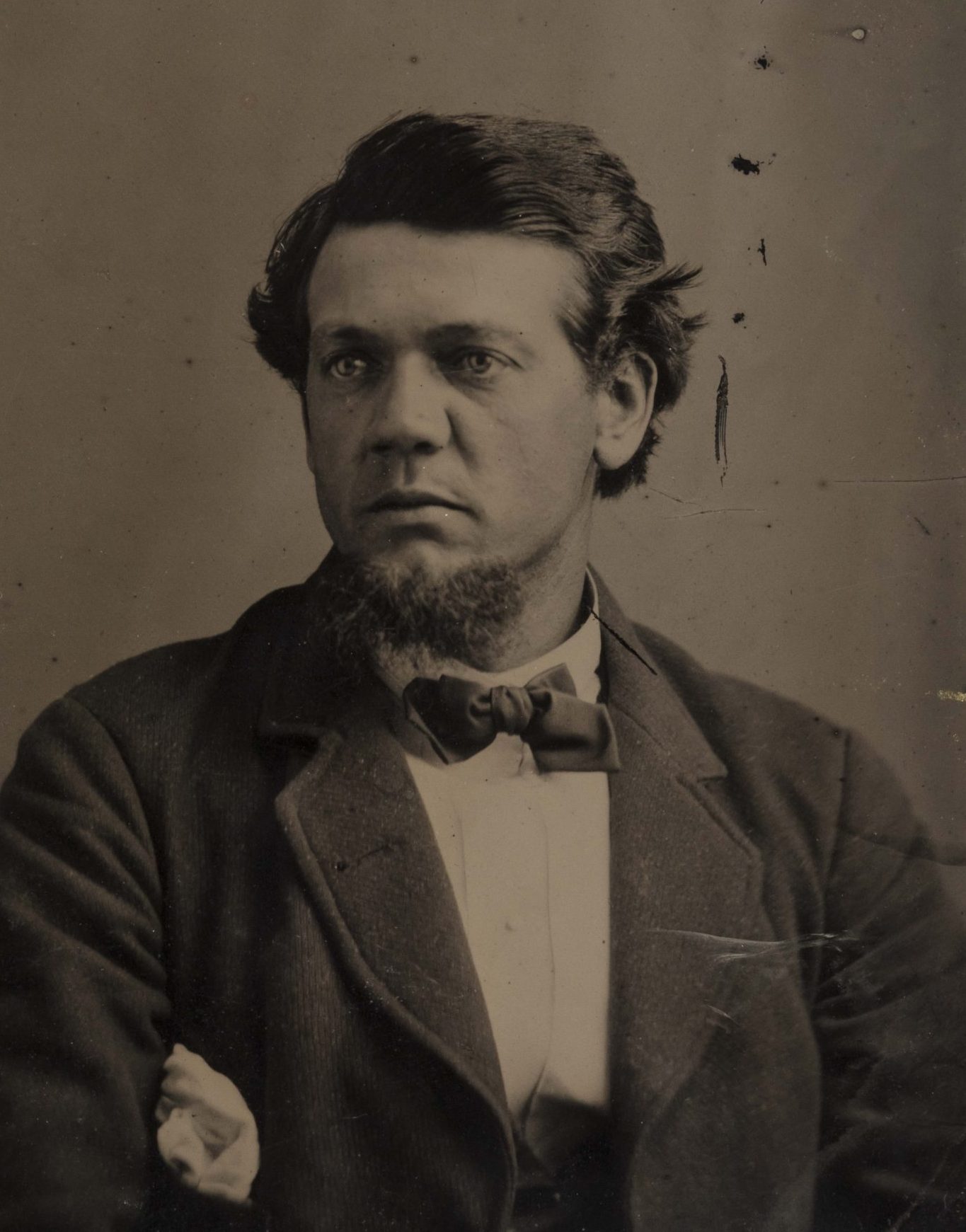 Edward Lange was a prolific landscape artist in the United States during the late nineteenth and early twentieth centuries. He was born in Darmstadt, Germany in 1846, into an extended family well-established in the arts. Edward’s father, Gustav Georg, owned a print shop and published a number of popular volumes on German history and scenic landscapes. Two of Edward’s uncles, Ludwig and Julius, were trained draftsmen and painters. Raised by a family of artistic minds who were dedicated to their craft, it’s no wonder Edward spent most of his life recording landscape scenes across the United States.
Edward Lange was a prolific landscape artist in the United States during the late nineteenth and early twentieth centuries. He was born in Darmstadt, Germany in 1846, into an extended family well-established in the arts. Edward’s father, Gustav Georg, owned a print shop and published a number of popular volumes on German history and scenic landscapes. Two of Edward’s uncles, Ludwig and Julius, were trained draftsmen and painters. Raised by a family of artistic minds who were dedicated to their craft, it’s no wonder Edward spent most of his life recording landscape scenes across the United States.
Extant immigration records suggest that Lange arrived in the United States on July 16, 1870 aboard the S.S. Frankfurt—a passenger ship sailing into New York Harbor from Bremen, Germany. Upon arriving, he traveled out to Long Island. He headed towards Commack, where his father held title to one hundred forty-eight acres of land along Cedar Road. Within ten months, Lange married Sarah Cornelia (Nellie) Denton, a native Long Islander who lived just one road away. Following the birth of their first child in 1872, Edward acquired the title to the Commack property from his father. He spent the next seventeen years in Elwood, raising a family with Nellie and painting the surrounding landscape.
During the early 1870s, Lange focused primarily on painting house portraits for his close neighbors, like Zebulon Buffett. In these works, ruled pencil lines framing each structure are clearly visible under a thin layer of watercolor. Lange's draftsman-like approach to architecture suggests his uncles or father trained him earlier in life. At this point, his talents with underdrawing exceeded his skill with a brush. The process of painting with watercolor presented many challenges. Imprecisely wetting and drying the paper or accidentally blending the wrong colors could result in a muddled mess. However, by 1873, several examples of Lange's work suggest he began to better understand the medium. For the first time, the artist also applied collaged paper elements to his watercolors, like on the signage of M.R. Conklin's general store. Later in Lange's career, this kind of multi-media approach became central to his creative process.
(top right) Unknown photographer, Portrait of Edward Lange, ca. 1880, Tintype, Preservation Long Island, 2001.2.3
(bottom left) Residence of C.H. Jones, 1871; (bottom center) M.R. Conklin, Country Dealer, 1873; (bottom right) John Frederick Nevius Homestead, 1873
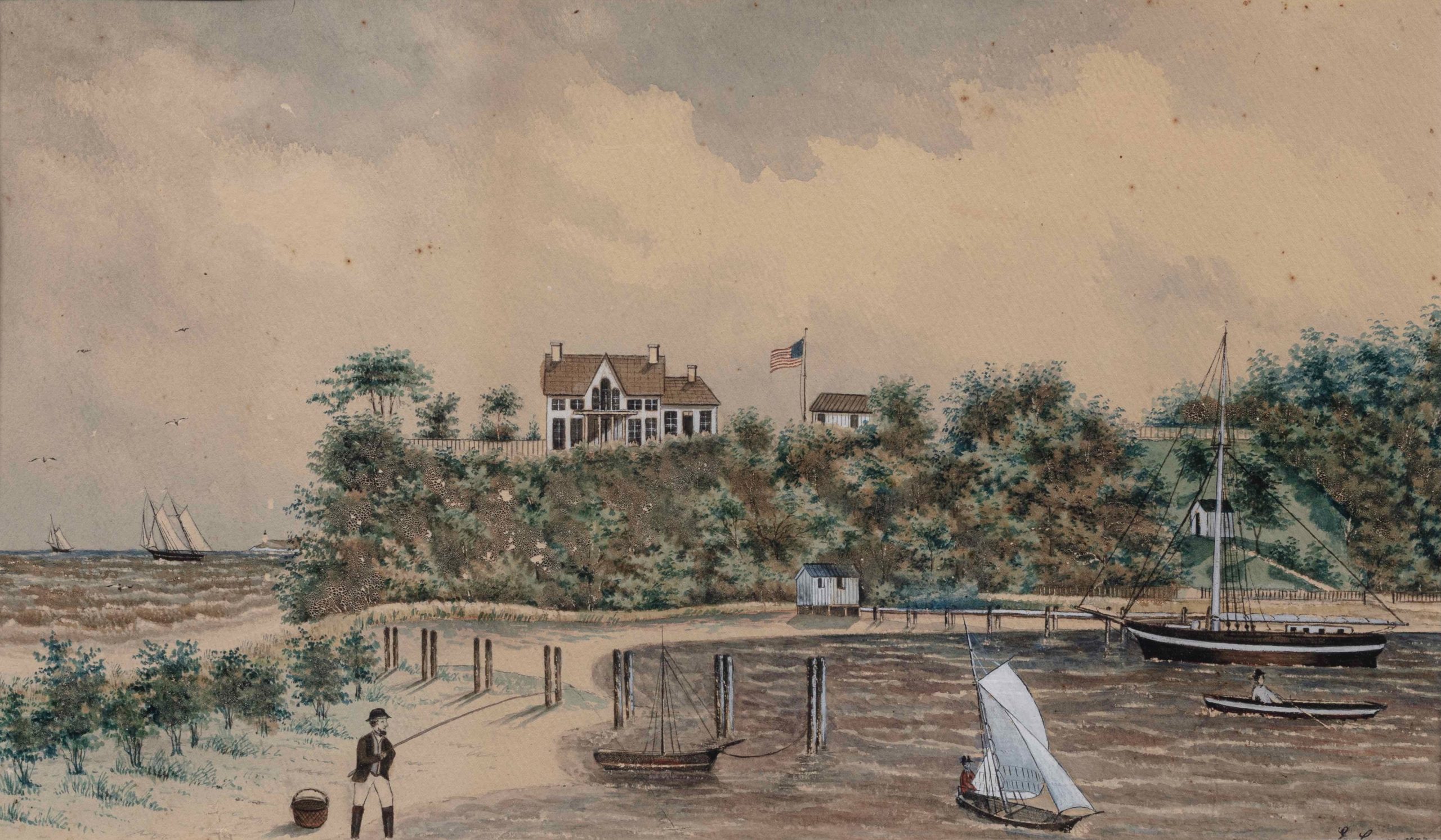
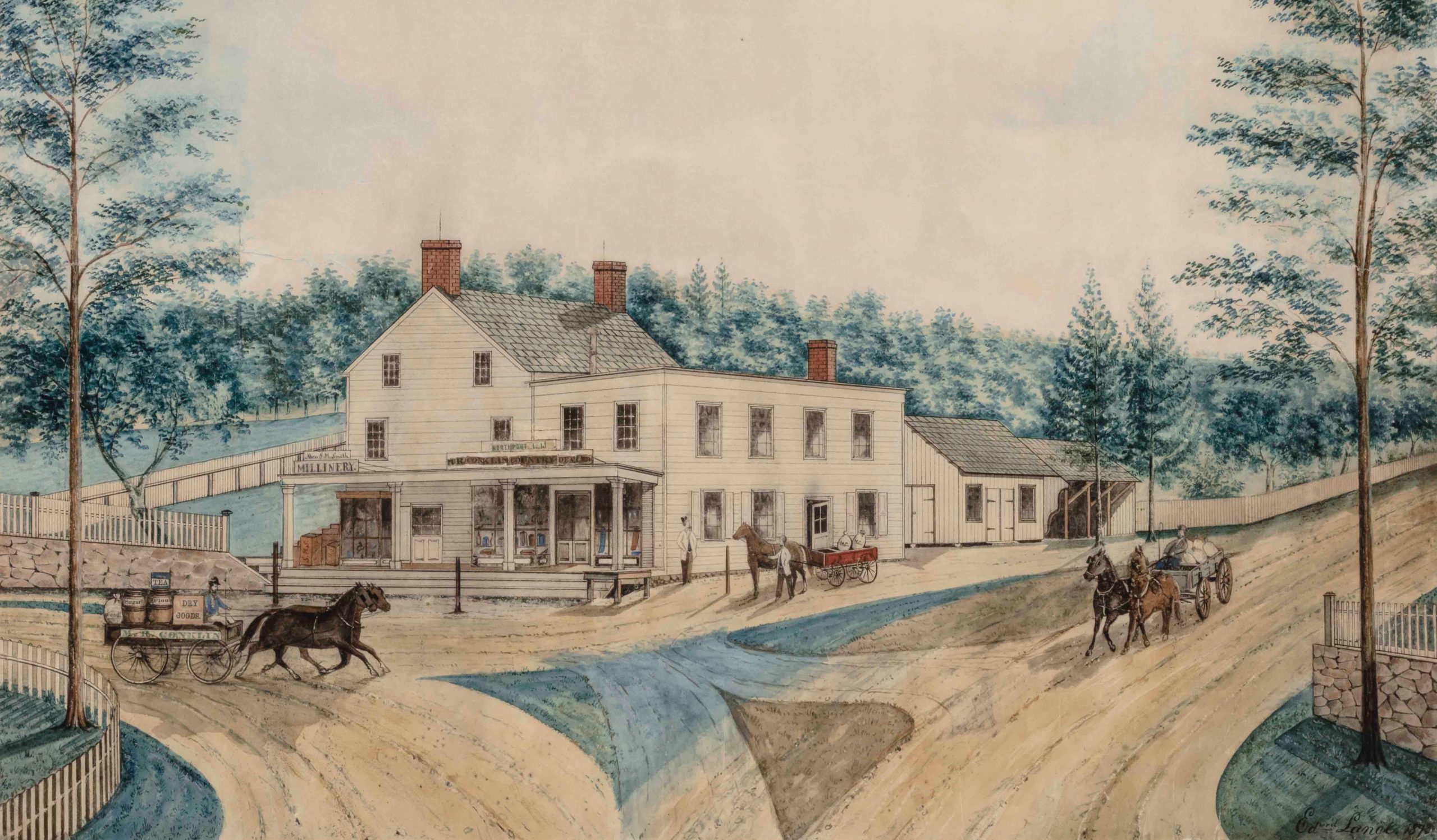
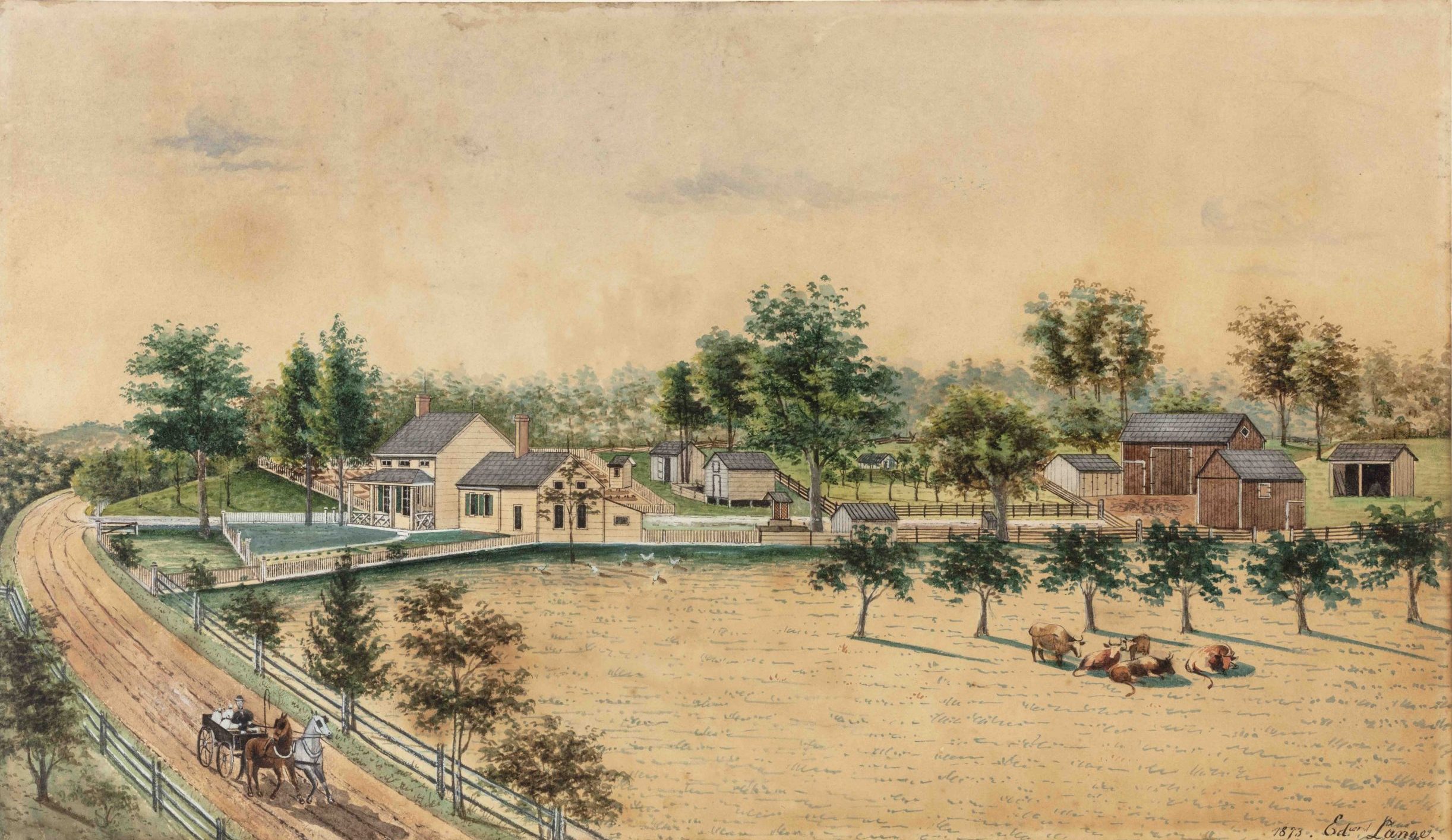
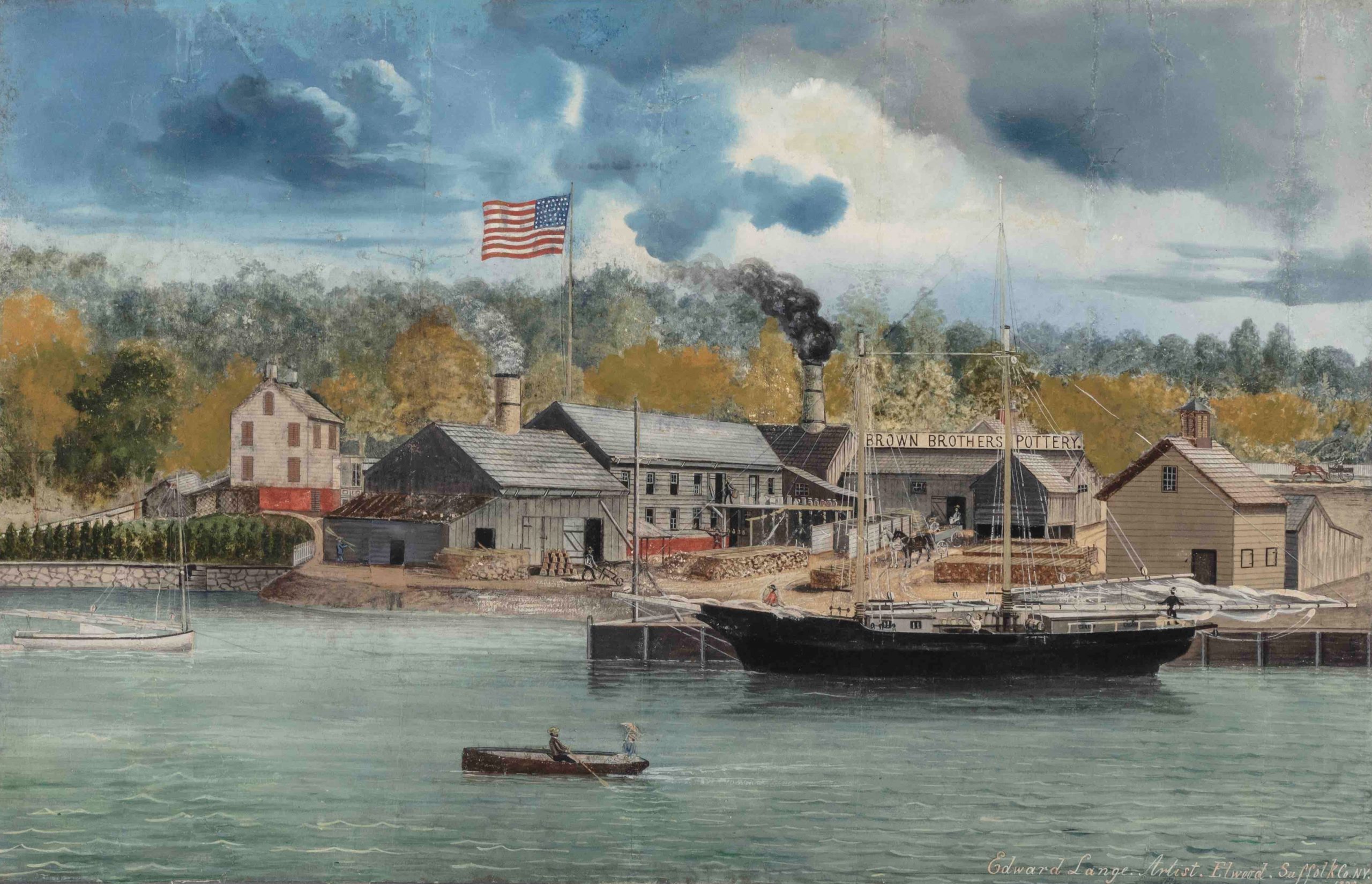
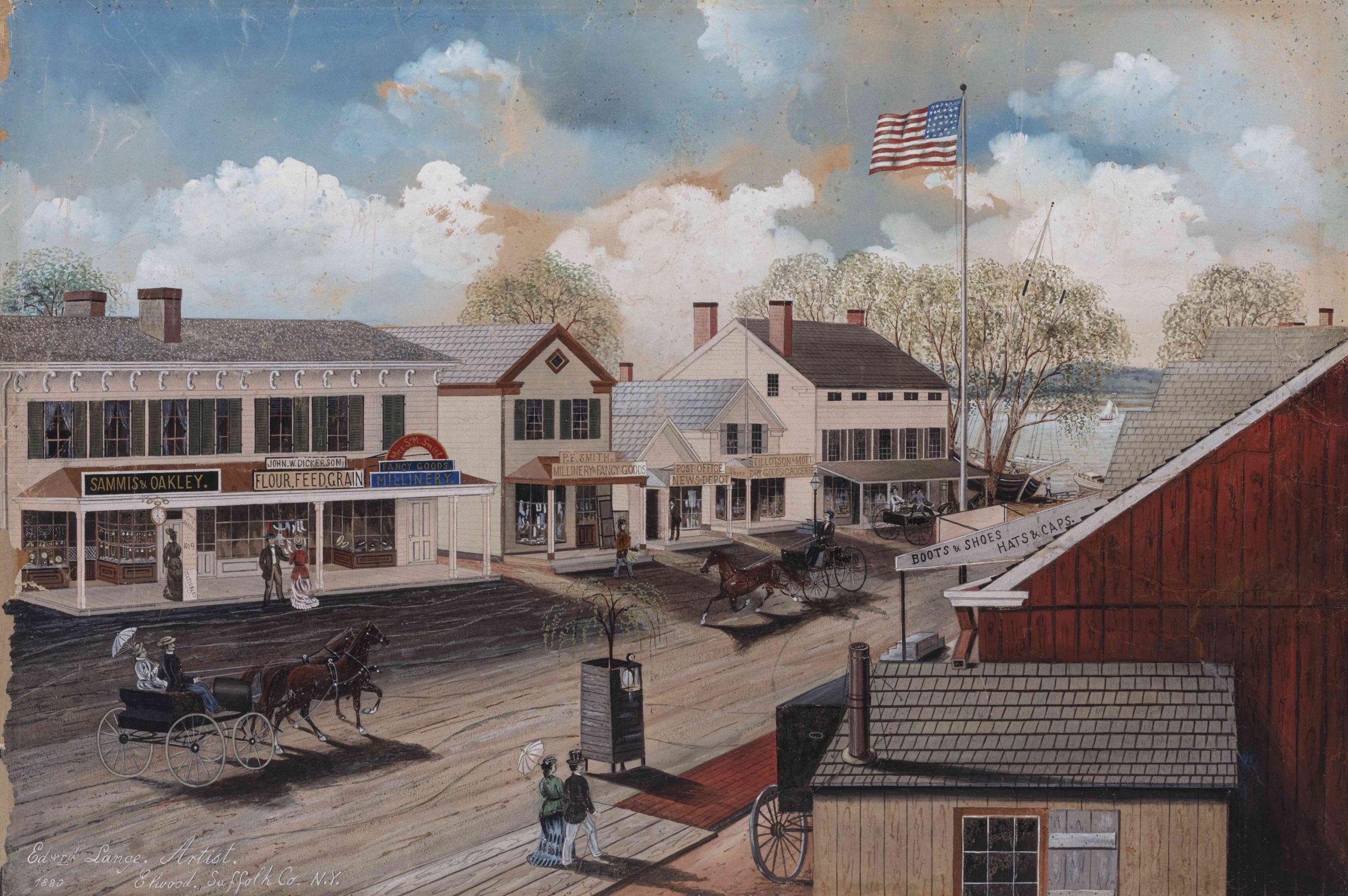
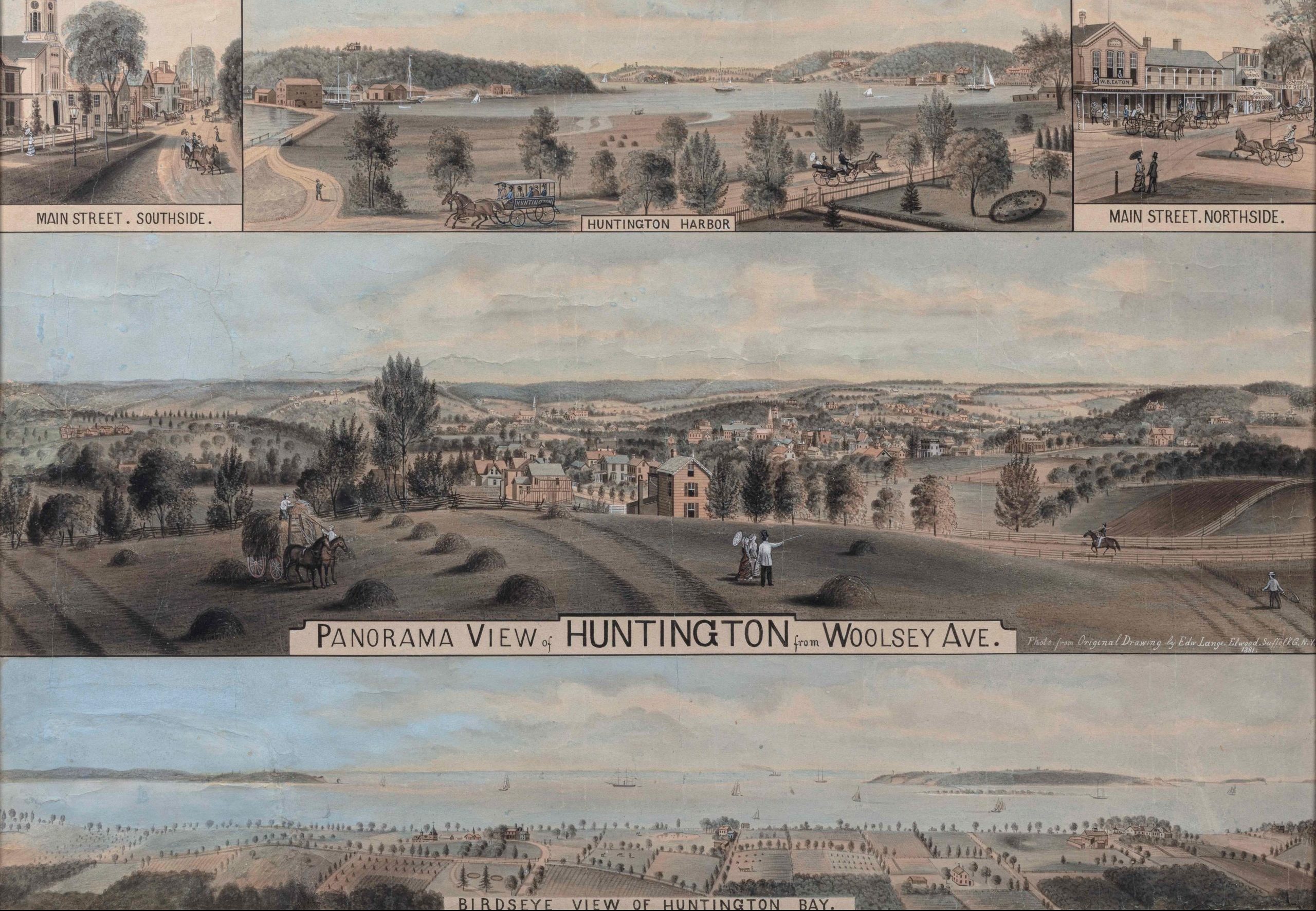
(left) Brown Brothers Huntington Pottery, 1880; (center) Lower Main Street, Northport, 1880; (right) Panorama View of Huntington from Woolsey Avenue, 1881
In 1881, Lange painted Panorama View of Huntington from Woolsey Avenue with the intention of selling albumen photographic prints taken from the original. This was a subscription artwork advertised in local newspapers. From this point on, Lange's affinity for photographing and selling copies of his paintings only grew. It was savvy business decision. Once he took a plate negative of an artwork, he could make as many copies as the market demanded. Towards the end of the decade, this trend developed even further. Lange began painting small details of scenes in a town and collaging them together on a board before photographing. These composite views were highly marketable to Long Islanders and the growing tourist community alike. He made albumen prints that depicted Cold Spring Harbor, Huntington, Northport, Centerport, Babylon, Setauket, Port Jefferson, Greenport, Shelter Island, and Sag Harbor.
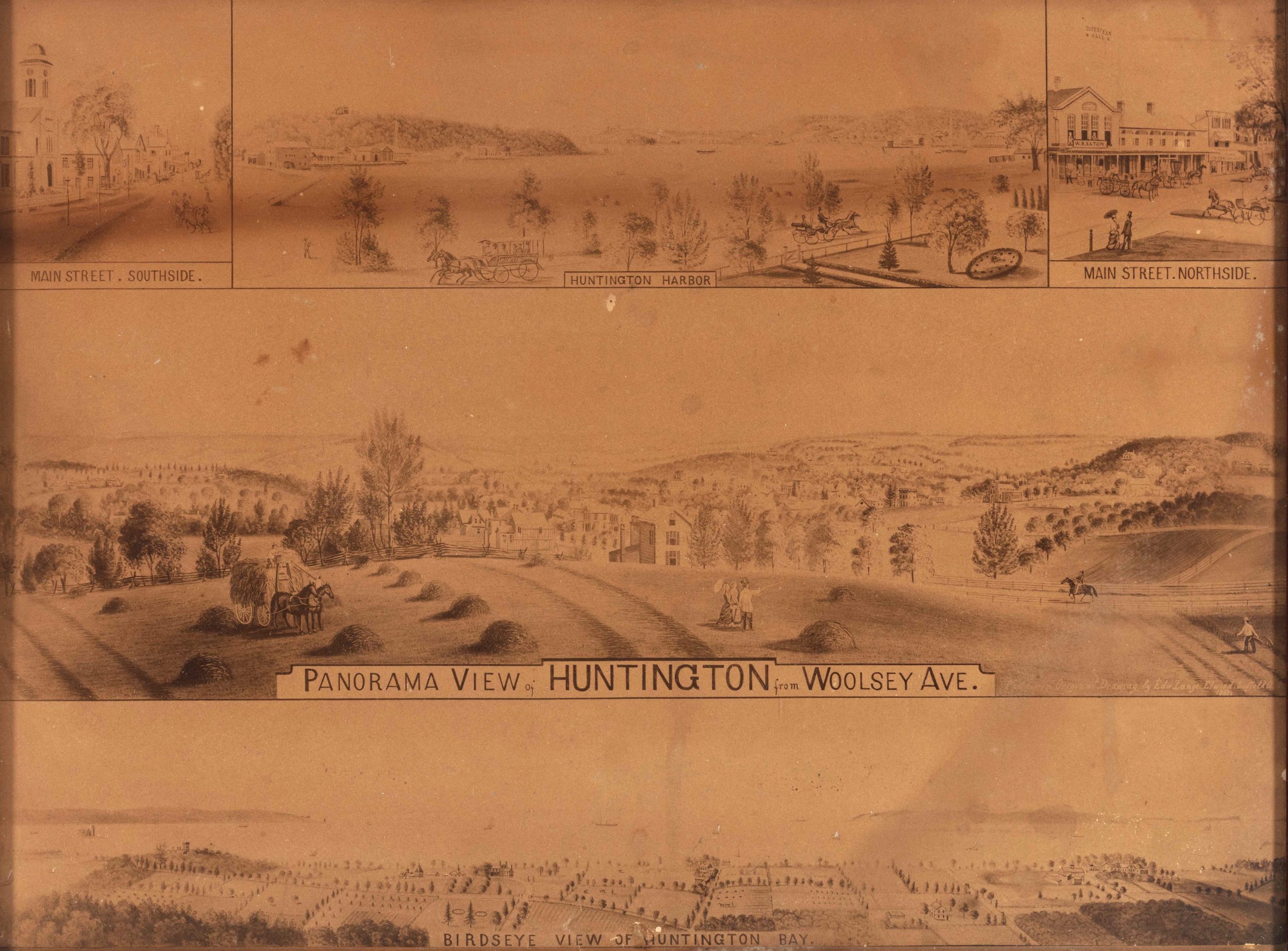
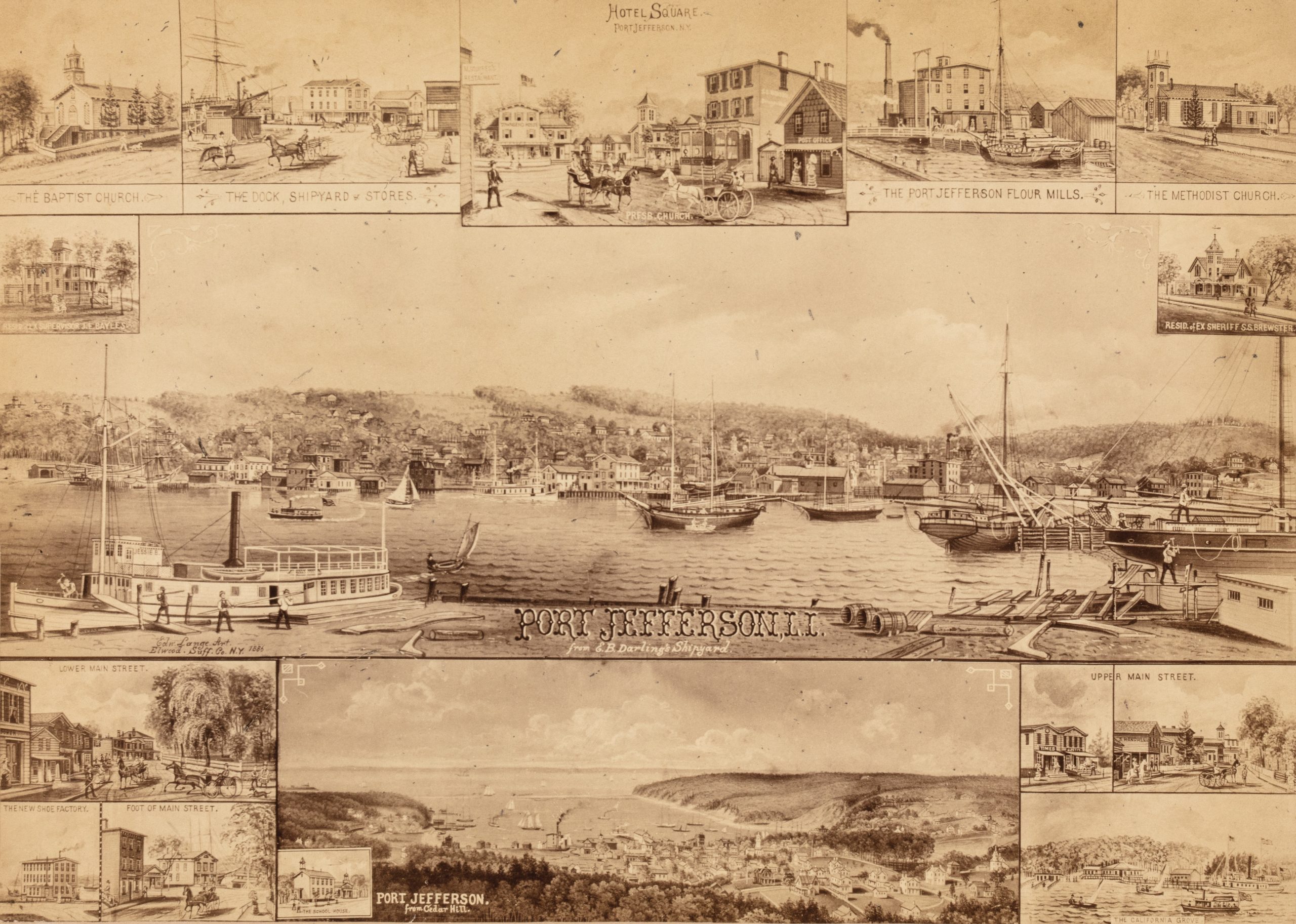
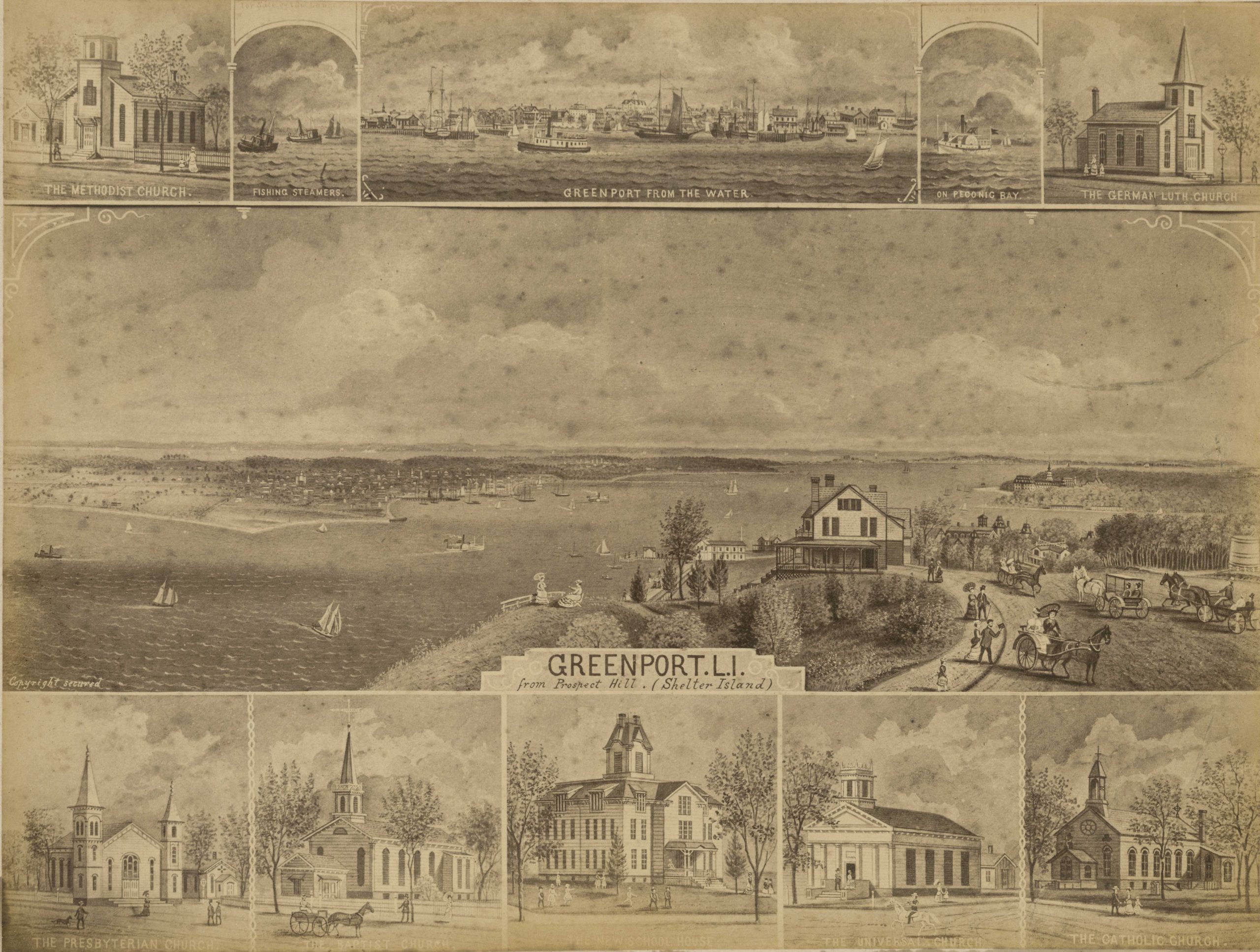
After nearly twenty years living and working on Long Island, Lange moved to Olympia, Washington with his family. The two large panoramas of Roslyn below are likely two of the last major works the artist completed before leaving New York. By all accounts, he enjoyed more profitable success after moving out west. In a letter written to his friend and Commack native, Carll S. Burr, in 1893, Lange described how he often thought of his time on Long Island but felt he had made the right choice by moving to Washington. His artwork was in higher demand and he could only hope to keep up with the flood of commissions. While he retained many of the stylistic tendencies exhibited in his Long Island artwork, his style continued to evolve in new directions. Lange died in Olympia in 1912 after a decline in his health. He was buried in Tumwater's Masonic Cemetery three days later. He left his house to his daughter Alice, reportedly filled with "a large number of highly valued and prized oil paintings, water colorings and pen sketches..." Unfortunately, the house burned soon after his death, destroying all of its contents. For this reason, Lange's story is difficult to pin down. His surviving artwork offers the best opportunity to understand his life and impact. Since launching The Art of Edward Lange Project in 2021, new research has been uncovered that reveals previously unknown details about the artist's life. There is assuredly much more to be discovered as the project continues to move forward.
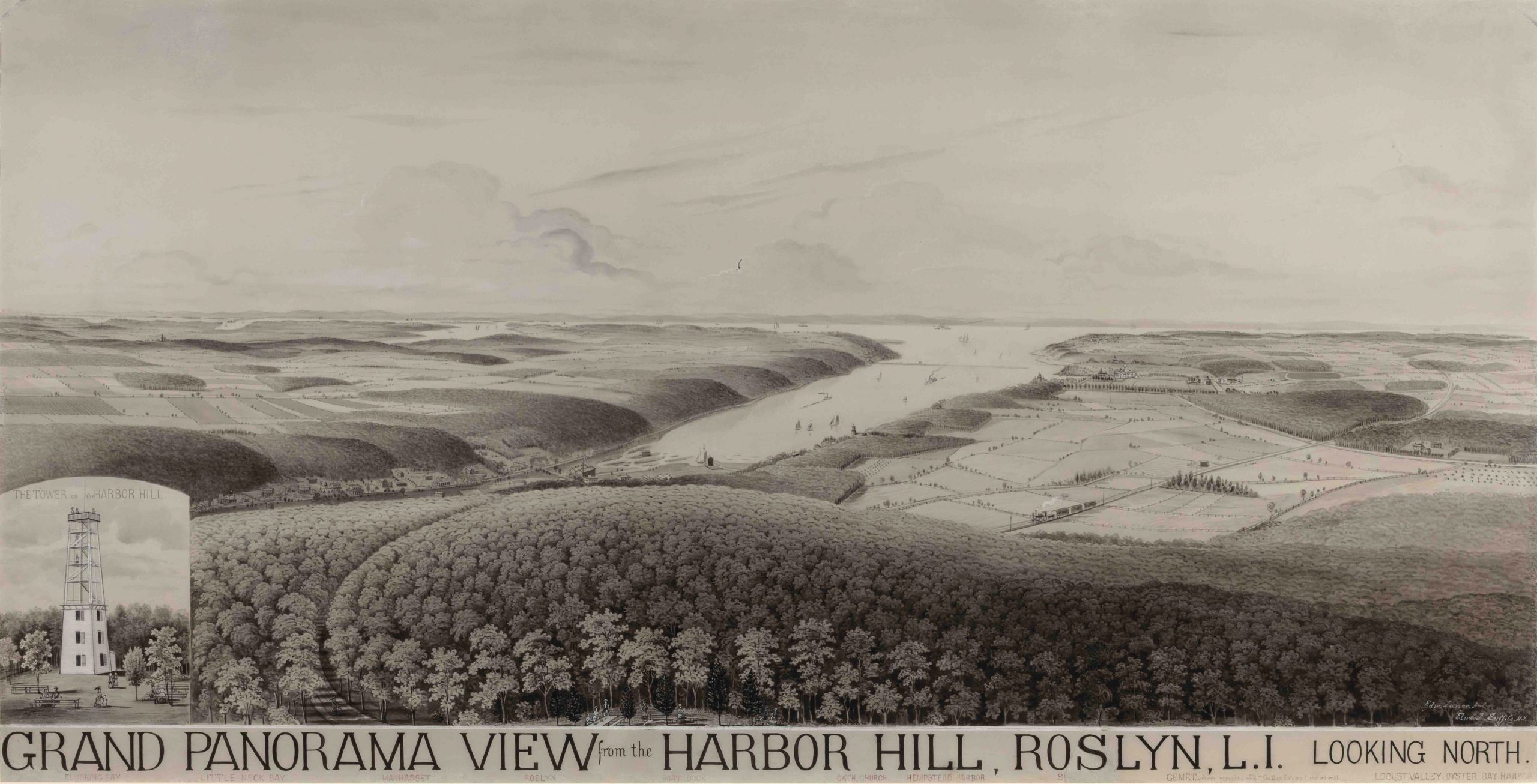
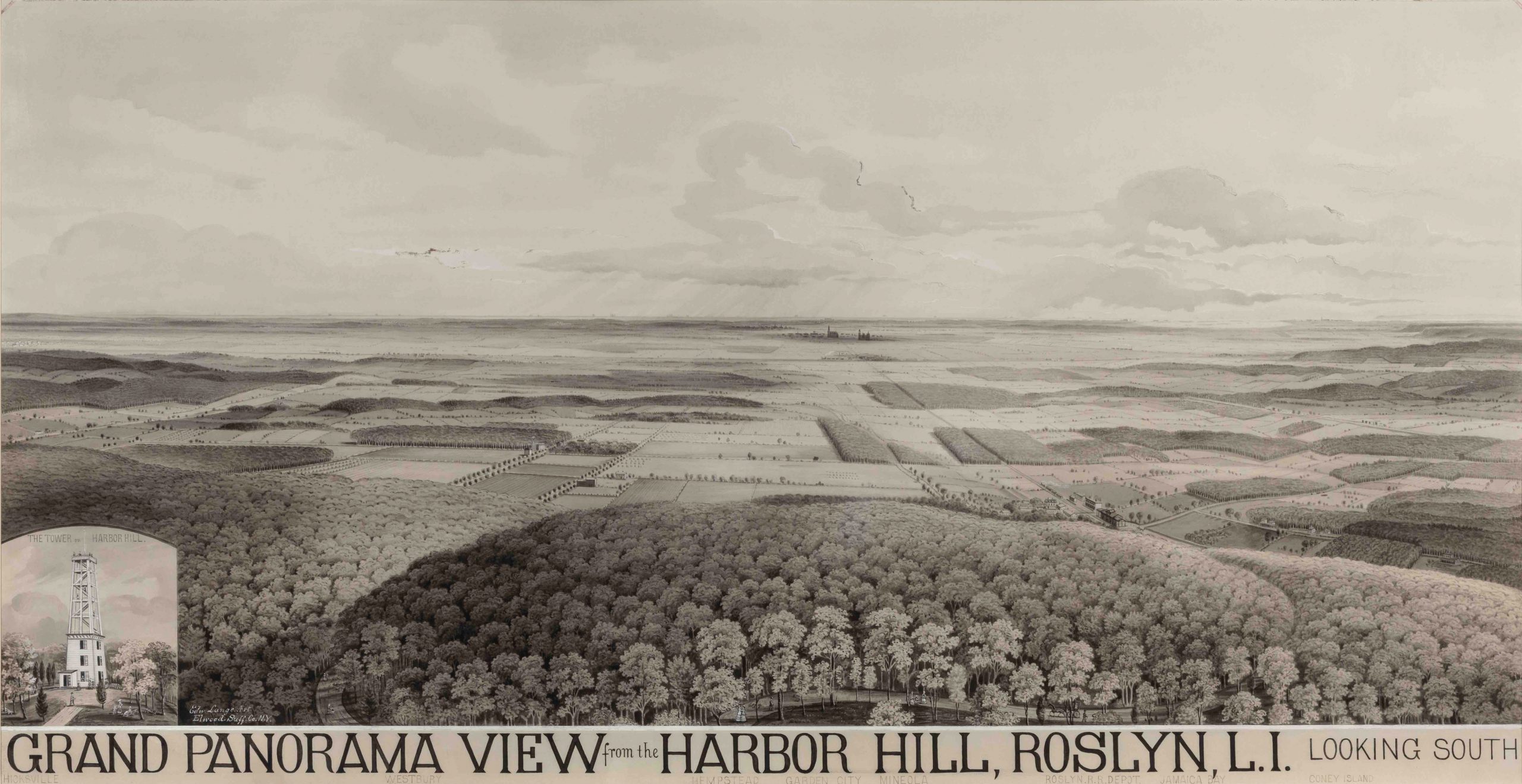
(left) Panorama View from the Harbor Hill, Roslyn, L.I. Looking North, ca. 1887-1889; (right) Panorama View from the Harbor Hill, Roslyn, L.I. Looking South, ca. 1887-1889

